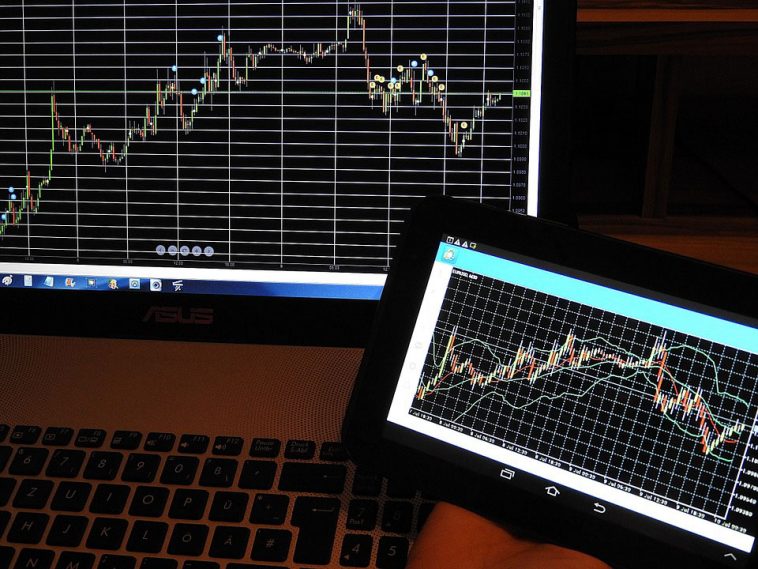Corporate America can be tough. Even though the unemployment rate is at an all time low of 4.9%, more than 15 million people are still failing to get a white collar job. It makes sense that they would look for alternative methods to earn their bread, day trading just being one of them. And, why not? The perks are numerous; being your own boss, working your own hours, investing your own money and not being answerable to anyone.
Historical Background
Day trading was traditionally limited to Wall Street brokers and other institutional investors with access to financial markets. During the internet boom of the 90’s, many markets opened up to the common man by way of specialized trading software. People could earn thousands of dollars on single trades and stocks would rise by as much as 50 points in a single day!
But no good thing lasts forever. Novice investors, seeing the high returns and profitability in trading, would bet thousands of dollars without much thought or research. The rationale was that the market is bound to swing wildly from a lower support level to a higher resistance level; the savvy investor just had to figure out or guesstimate these levels.
The dotcom bubble burst in 2000, changing all of that as well. Consistent high performing companies such as Oracle went into a loss, stock options became worthless and trust in the stock market was tarnished. To weaken the already sensitive future of home based trading, new rules were put up which limited pattern trading to only those that had at least $25000 in their account.
How Many People Day Trade in the U.S.?
Since there are no public reporting requirements for day traders working from home, there’s no real way to find out the exact number of day traders active in an entire market. What we do know is that 80% of all day traders quit within the first two years. While it may seem glamorous in the movies, day trading can bring about huge amounts of stress. They say 4 in 5 day traders lose money when closing positions. So if you’re planning on starting up your own day trading operation, have a strategy planned beforehand. Here are a few things you should keep in mind:
Know Where to Invest
Basic economics states that a price of a good reaches equilibrium when demand meets supply. By that rationale, the price of a stock is bound to rise where the demand is higher than the supply or the latter is limited. Look for undervalued stocks that have upside potentials in the future.
Practice Hedging
Whether you’re Warren Buffet or the SEC chairman, no one can know whether a stock will rise or fall with a 100% certainty. Therefore, it is always advisable to hedge against a position as well.
Don’t Get Greedy
The biggest sin new investors commit is thinking that a rising stock will keep on rising. This is what brought about the dotcom and housing market crash. Set an upper or lower limit and pull out when either of those are reached.


